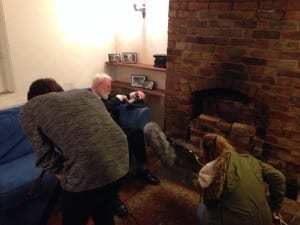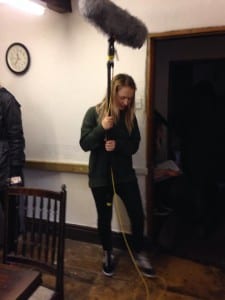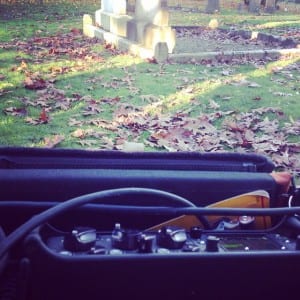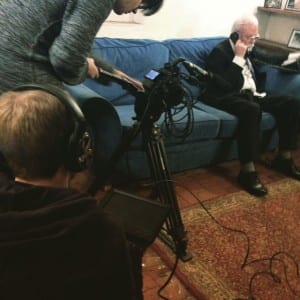As Music Supervisor I have been arranging meetings with the directors/media group about the music itself. Here is a brief analysis of how both have gone so far…
Meeting 1
My first meeting with the group was to discuss the music cues I had planned for George; this was before the film and with the first director (Lucy). Lucy didn’t have a lot of direction when it came to music which gave me the advantage of being able to experiment and create all my own ideas for it. The main thing I took from this talk was is that she wanted the music to have this element of forgiveness. That at the end of the film we were left feeling sorry for George and not disgusted/angry/upset. With this I intended on making the music flow with the film; having changes in pace throughout to fit the on screen but all in all leading back to the way it started. With this I had the idea of creating a motif throughout the film that is set to signify George’s past and begin to make the audience’s feel something towards George as a character. However for me to create the music I found it hard to create something without visual guidance as the script and directors notes didn’t give me a lot of help creatively.
Meeting 2
The second meeting in relation to music was after most of the filming which enabled me to have a few rough edits of the visuals. This helped me substantially when creating the music (as discussed in my blog on my methods) so therefore was able to record and edit some piano. This helped me establish the main motif’s and structure to the piece. This meeting was with Charlotte, Angelin and Shaun who are now co-directing the film. I had to explain to them how a lot of my original music cues had been scrapped or replaced – mainly due to scene changes or changes in the script. Although this made my first set of music cues unusable, watching the visual and being on set helped me create new ones easily through watching and composing. I showed them the rough music cuts which can be split into 4 separate pieces:
- Title Sequence
- Travel Song
- Dream Sequence
- End Compilation
(Obviously these need renaming)
When I played these to the group with the visual they were really impressed with how it linked scenes together and portrayed George’s character. They had no negative remarks or any constructive criticism. I informed them of where the pieces may change and what other layers may be added of which they agreed. I also discussed with them the ‘dream sequence’ music; myself, Gareth and Rory were unsure whether it’s a little to dramatic or even needed at all. The directors however did say they liked the music for that section so I am going to keep working on it and see how it works with the fx in that scene. All in all the second meeting was a success and I know where I need to go from here musically, I also feel a lot more confident with the music as a whole.



